PSYCHOLOGY OF US
YOUR RESOURCE LIBRARY
The Science Behind Stuckness
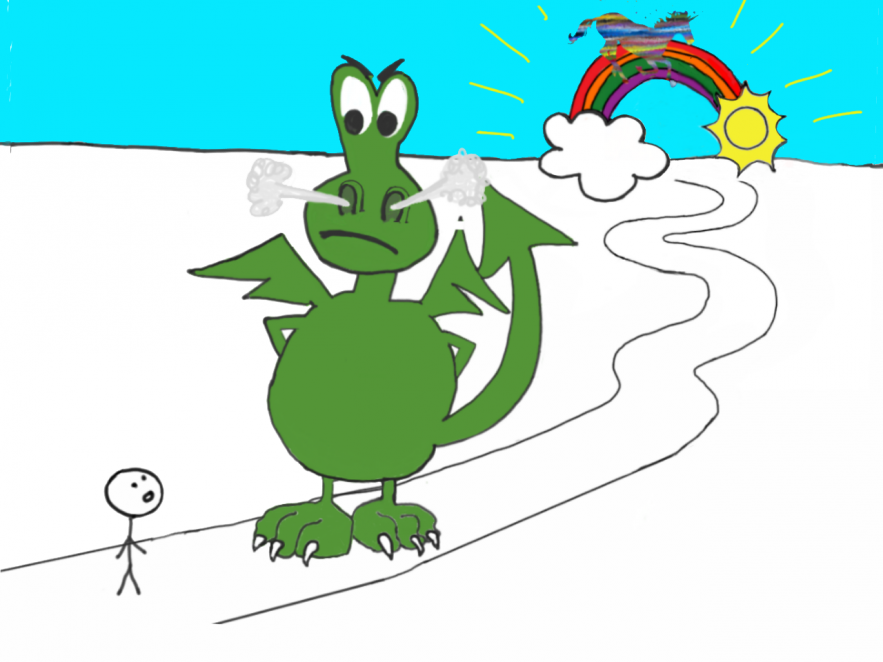
In the simplest terms, all stuckness, hesitation, resistance, or inability to change can be traced back to the emotion of fear. Sometimes this fear is well founded and easy to name, but sometimes it is outside of our awareness. To understand how fear underlies our stuckness, let´s look at how all emotions work together.
To understand how fear underlies our stuckness, let´s look at how all emotions work together.
ALL Emotions Have Functions
Neuroscientist Antoni Damasio has been studying emotions for over 30 years. Damasio’s research suggests that all emotions, positive or negative, have evolutionary functions (1). Similar to how hunger prompts us to eat, emotions motivate us towards certain goals: safety, rest, bonding and resources (2).
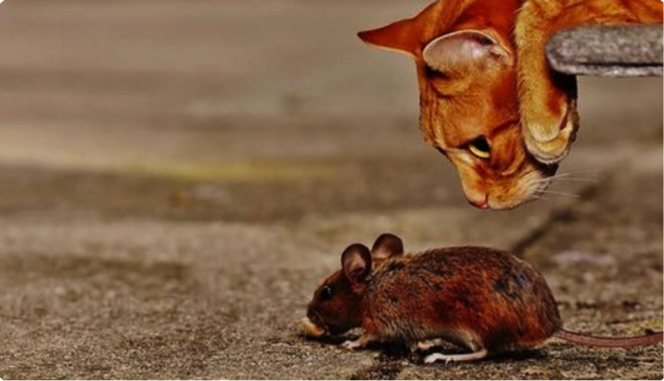
Emotions fear, anxiety, and distress prompt us to protect ourselves by releasing bursts of stress hormones (cortisol, norepinephrine, and adrenaline) and enacting physical and mental arousal (heightened blood flow and focus). Because safety is the most important function for our survival, our fear response is highly attuned.
Ever wondered why you can’t change even though you really want to? (You can blame the amygdala.)
Perhaps you’ve heard of the amygdala. It is the lightning-fast brain area responsible for detecting potential threats and enacting emotional responses. When the amygdala detects a threat, it preps our brains and bodies to fight, freeze, or run for our lives.
When the situation is highly threatening, the amygdala releases cortisol to block the brain’s prefrontal cortex (responsible for critical thinking) in order to swiftly employ safety strategies (3). Emotional Intelligence author Daniel Goleman calls this an Amygdala Hijack (4).
The fear response is not only activated by life or death situations. Our brains have evolved with a ‘better safe than sorry’ attitude towards stressors. Fear responses are activated whenever we feel vulnerable, protecting us against possible negative feelings. Even a remote threat of failure, shame, or loss can trigger a fear response or a stress response.
Stress responses are milder forms of fear response; they employ less of the same brain chemicals and motivate less intensity of the fight-or-flight response.
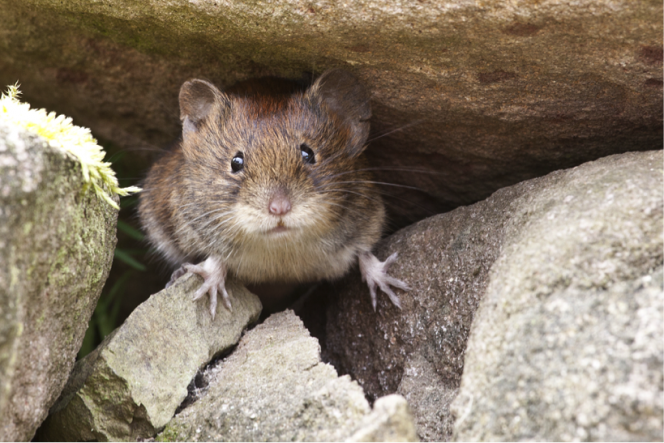
How stress responses cause stuckness:
Fight. This safety strategy doesn’t necessarily mean that we lash out; rather we may become resistant or defensive. In an important relationship, it may seem easier to pick a fight over something trivial than to address what makes us feel vulnerable. And we might not even realize that we are doing it.
Flight. We may withdrawal to avoid stressors. If we think that resistance will not protect us or if the resulting conflict seems too scary, we may internalise or suppress our fear and frustration. As a result, we feel anxious and/or depressed. For example, depression often occurs when we feel helpless, hopeless, or powerless to change our situation.
Brain Freeze. We feel stuck, unable to move forward, so we don’t. do. anything. We stagnate instead, in hopes that the issue will resolve itself. Sometimes not deciding means that the decision is made for us. Though the outcome may be unfavourable, at least we avoided the anxiety caused by committing to a choice.
Fawn. Submission is a less common protective reaction. Fawn can come in the form of subservience or people pleasing. In a relationship, one can become dependent on the other, sacrificing their own goals and needs for those of their partner. This may be a convenient way to avoid taking our own risks.
Better the devil you know
Latin proverb (and Kylie Minogue song)
Stuckness may occur because change represents the uncertainty and our amygdala can be triggered when we are unable to predict what will happen next. Our anxiety is based on perceived danger or the stories that we tell ourselves about the future. Our imaginations have a tendency to attach to the worst-case scenarios. These scenarios may be unlikely to happen or they may be outright false.
This is not our fault. Our brains are hardwired with a negativity bias.
Our ancestors did not have to be happy to survive but they did need to be vigilant. Cavemen who were complacent about hunting, gathering, reproducing, and protecting themselves did not survive long enough to become our ancestors. So, our brains evolved to protect us from life or death situations. Unfortunately for us, our brains still operate as if we live amongst immediate danger (4).
Antiquated fear response: we are far more likely to develop phobias about snakes, spiders, and heights than we are of guns, cars, and electrical outlets even though the latter causes far more casualties in modern society (5).
Stuckness may be a result of a fear response or it could be a fear-response hangover. Once triggered, our fear responses tend to linger. Our amygdala remains on high alert anywhere from half an hour to a couple of days, causing hypervigilance, heightened heart rate, and sometimes distress. How long it takes for us to return to a resting state depends on the long-term effects of the stressor and our ability to handle stress. If stress is persistent, anxious arousal may not return to resting state, draining our energy and preventing us from moving forward.
Fear can also be a motivator. (Thank the amygdala.)
Though fear can stop us from moving forward, it can also light a fire under us to get us going. Blogger and self-professed procrastinator, Tim Urban, proposes that we all have a Panic Monster living in our brain that pops out whenever we absolutely positively HAVE to get something done.
In instances when we are deep in procrastination, what Urban refers to as our Rational Decision-Maker (the prefrontal cortex) might remind us of our responsibilities but a stronger force, Instant Gratification Monkey, is also living in our heads and vying for our attention.
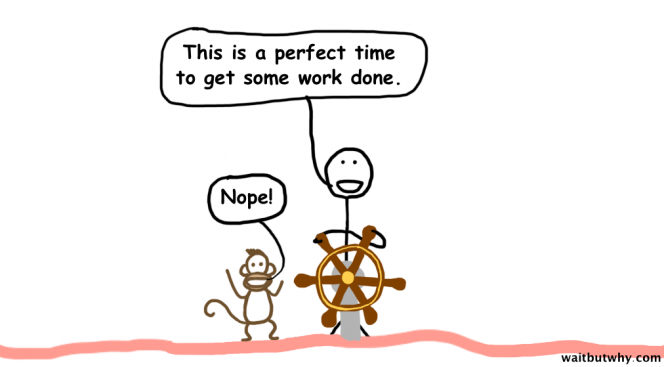
Instant Gratification Monkey is very skilled at distracting us from our important tasks with easier but meaningless diversions. Not until Panic Monster (otherwise known as a fear response) is riled do we actually get motivated. When we procrastinate, we are most likely employing the safety strategy of avoidance. When the Panic Monster rears its head, the fear that underlies our hesitation is usurped by our fear of the repercussions of not finishing (6).
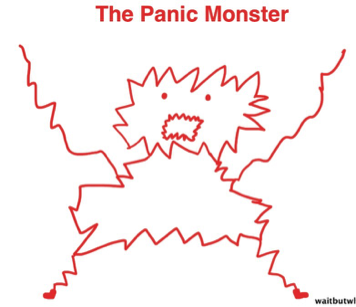
Though Panic Monster might look scary and feel even scarier, it actually has our best interests at heart. For a chronic procrastinator like Tim Urban (and me) Panic Monster is one of the only reasons that important things get done.
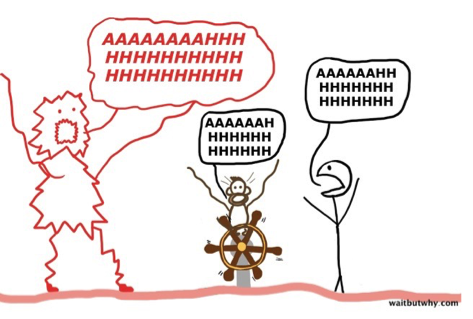
This procrastination-panic cycle might get results but they often come at a price. We do things at the last minute, resulting in less-than-ideal results. We end up switching between states of avoidance and intense stress.
Does this sound familiar? Check out: How Monkey Therapy Helps you Unstick. Stuckness, Steps that You Can Take Now to Unstick
References and Contributors
- Anthony Damasio. (2005). Descartes’ Error: Emotion, Reason, and the Human Brain.
- Paul Gilbert. (2010). The Compassionate Mind.
- Daniel Goleman. (1996). Emotional Intelligence.
- Joseph Ledoux. (1998). The Emotional Brain: The Mysterious Underpinnings of Emotional Life.
- Catherine M Pittman & Elizabeth M Karle. (2015). Rewire Your Anxious Brain: How to Use the Neuroscience of Fear to End Anxiety, Panic, and Worry.
- Joseph LeDoux. (2015). Anxious: Using the Brain to Understand and Treat Fear and Anxiety.
Daniel Goleman. (1996). Emotional Intelligence.
Rick Hanson. (2013). Hardwiring Happiness. The New Brain Science of Contentment, Calm and Confidence.
Joseph LeDoux. (1996). The Emotional Brain.
Joseph LeDoux. (2012). Rethinking the emotional brain. Neuron.
Joseph LeDoux. (2014). Coming to terms with fear. PNAS.
Joseph LeDoux. (2015). Feelings: What are they and how does the brain make them? Daedalus.
Karla McLaren. (2013). The Art of Empathy: A Complete Guide to Life’s Most Essential Skill.
Catherine Pittman & Elizabeth Karle. (2015). Rewire Your Anxious Brain: How to Use the Neuroscience of Fear to End Anxiety, Panic, and Worry.
Robert Plutchik. (1980). Theories of Emotion (Volume 1).
Dan Siegel. (2010). Mindsight: The New Science of Personal Transformation.
How therapy works
Worksheets and useful information
Creative Process
Feeling Stuck
Stress
Depression
Feeling Down
Anxiety
Guilt and shame
Find out more
What I do differently
Monkey Therapy
Transformational Coaching
Online Therapy
Trauma
Your inner critic
The science behind it
Steps you can take now
Publications
More than CBT
More than IFS
Psychedelics
Neurodiversity
Thank you!
Your message has been sent. We'll contact you shortly
© 2023 The Monkey Therapist. All Rights Reserved. Site Designed By Samantha Ósk
PRIVACY POLICY